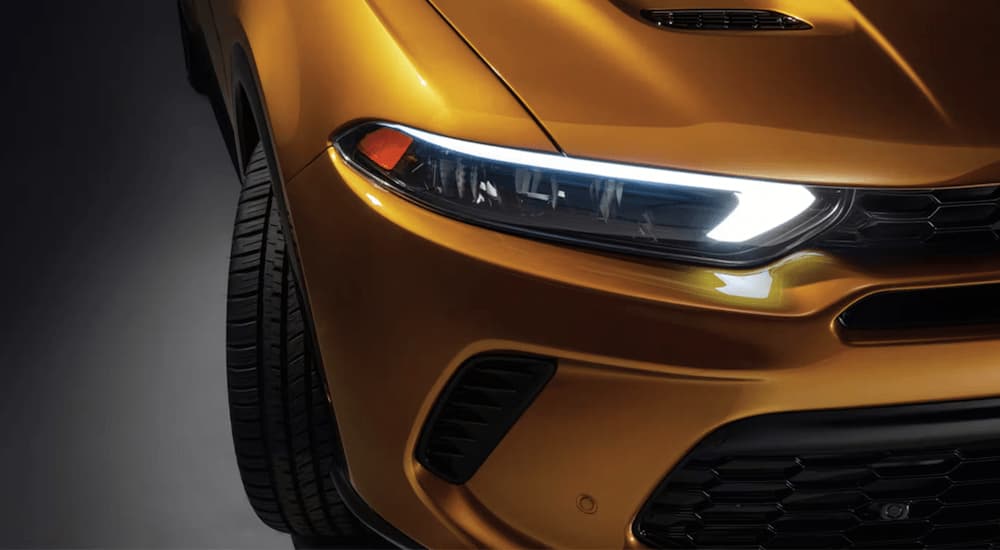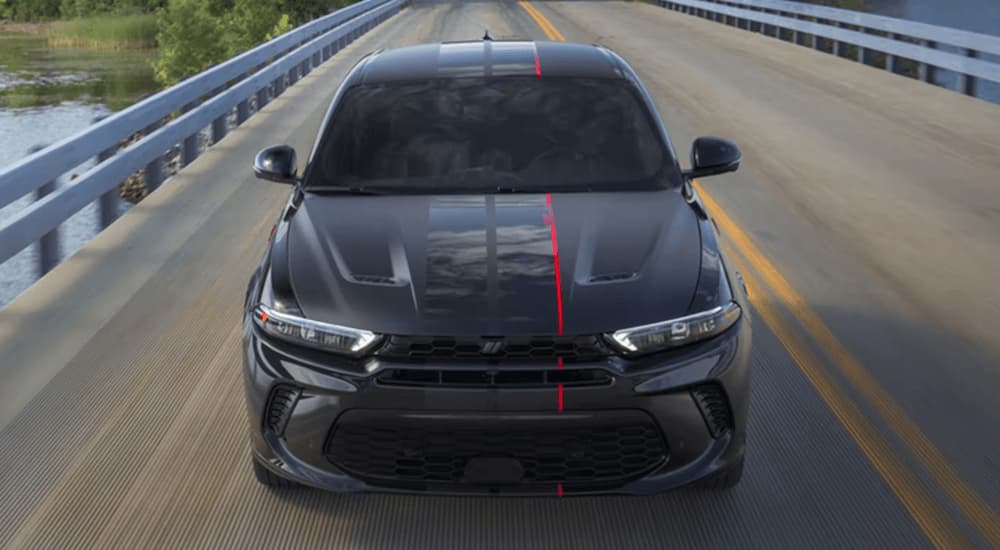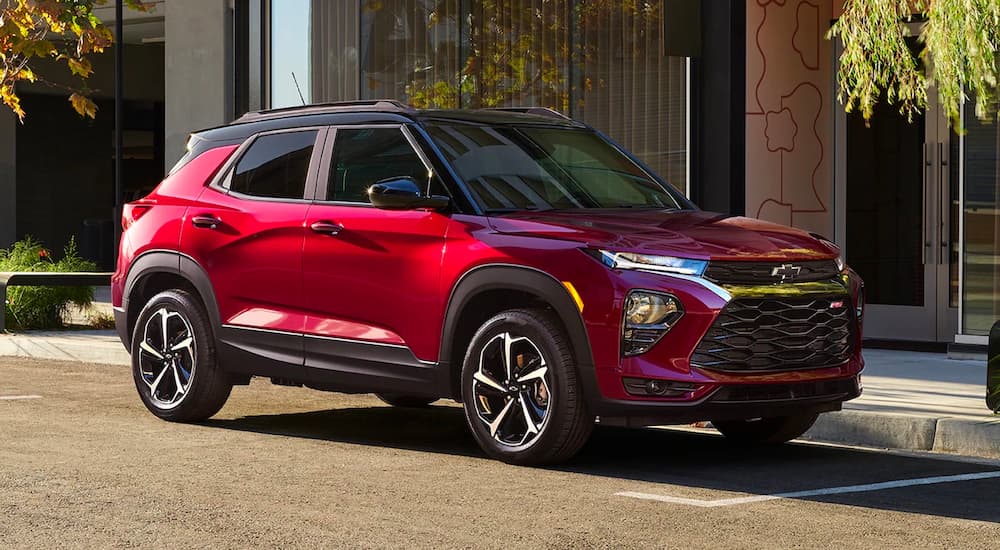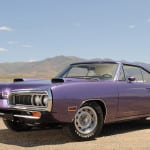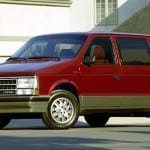You’ve likely heard about the upcoming, all-new Dodge Hornet. If you hadn’t before, then you have now because I just told you about it. There’s no denying that the Hornet has a lot going for it, especially on paper when looking at its specs since it has the kinds of engines in it that you would expect from Dodge. In fact, comparing something like the 2023 Chevy Trailblazer vs 2023 Dodge Hornet––a fair comparison since they’re both subcompact crossover models––would make the Hornet seem to be a far better choice by just about every metric.
That being said, there are some compelling reasons to pass on the Hornet, especially for its introductory model year, and to go with something a bit more proven, like, say, the Trailblazer. Will the Trailblazer give you a heart-pounding driving experience? No, at least not unless you hit a patch of black ice and your life flashes before your eyes, but even then, the impressive safety features of modern vehicles like the Trailblazer can help ensure things have a happy ending. What the Trailblazer, and other models like it, can offer is a reliable vehicle at a great price from a brand with a solid future, while the Dodge Hornet comes with a lot of question marks.
The 2023 Dodge Hornet Overview
Before we go any further, let’s take a moment to look at the 2023 Dodge Hornet and what it has to offer because this is important in understanding the sort of value it represents. This is an all-new model that Dodge is introducing for 2023, and they’re calling it the “quickest, fastest, most powerful Compact Utility Vehicle (CUV) under $30,000.” Putting aside the fact that “quickest, fastest” is needlessly repetitive, they’ve made a good point; the standard engine in the Hornet is a 2.0L Hurricane Turbo I-4 that delivers 268 hp, while there’s an available 1.3L Turbo Plug-In Hybrid engine that boosts that to 285 hp and 383 lb-ft of torque.
That’s solid performance, there’s no denying that, and the hybrid engine is certainly where Dodge makes its claims about this being the most powerful. All-wheel drive is standard on the Hornet, which is also good, and while the starting engine comes with a nine-speed automatic, the available hybrid is paired with a six-speed automatic instead. This feels like a strange choice to me, especially since this high-performance model doesn’t seem to be paired with an especially noteworthy transmission, but perhaps Dodge just hasn’t told us about it yet.
The hybrid engine has an estimated 30 miles of all-electric range, which is a nice feature, but the boosted performance is certainly the selling point. Inside, the Hornet has all sorts of modern amenities, such as a standard 12.3-inch digital cockpit cluster screen for the driver, a 10.25-inch Uconnect 5 Infotainment system for the central display, and more. There’s an available 14-speaker Harman Kardon premium sound system, wireless charging pad, heated seats, heated steering wheel, and hands-free power liftgate offered too. Altogether, these are great options, and driving the Hornet will certainly be enjoyable.
What’s Wrong With That?
With all of this in mind, why would I tell you to hold off if you’re interested in the 2023 Dodge Hornet? For starters, there’s the simple fact that this is an all-new model, which means it’s completely untested when it comes to the real world. That’s not the worst thing ever, but the auto industry has a pretty solid track record when it comes to major issues popping up for the first year of a new vehicle’s release. Even an established model, when it’s redesigned for a new generation, can have problems come to light once drivers hop behind the wheel––completely new models are often even rougher.
It’s pretty much guaranteed that something will be wrong with the 2023 model of the Hornet; it’s just a matter of what that thing will be. To be fair, most likely, it will be something pretty minor and far from catastrophic, but there’s always the chance that it will be a much bigger issue that has to be fixed through a recall. It could even be something quite dangerous (looking at you 2014 and 2015 Jeep Grand Cherokee models). There’s no way to know until people start driving it and put it through real-world conditions and situations that no amount of manufacturer testing can catch. To me, it’s better to wait out the first year or two and let these things come to light and be fixed rather than be the proverbial test dummy for a new product.
I also have concerns about the future of Dodge in general, as it’s a lot less solid and certain than I like when looking at new vehicles. Dodge recently announced that both the Charger and Challenger are being discontinued after the upcoming 2023 model year. That’s two-thirds of their lineup (well, half now that the Hornet is coming) and a massive change to what they bring to the road. To be fair, word is going around that Dodge will be replacing at least one of those two models with an all-electric muscle car, which could be awesome, but that could also be a few years away. In the meantime, there’s no telling what Dodge’s new owner, Stellantis, has planned and if it might pull the plug on the brand completely.
This brings me to my final point: why a conventional SUV with a plug-in hybrid option? If Dodge is shuttering the Challenger and Charger, moving toward an all-electric future, then why isn’t the Hornet a fully-electric vehicle? I’d feel a lot more confident about the Hornet and its place in Dodge’s lineup if it was an EV model designed as their new flagship for going electric. This is a strange time to introduce a new model with engineering that’s on the way out.
Other Great Subcompact Crossover Options
All of these potential issues with the Hornet become even more glaring when you consider that it’s entering a very crowded market with plenty of other great options that it needs to contend with. For example, there’s the Chevy Trailblazer that I mentioned earlier––it’s a similar subcompact crossover with a starting price of around $22k, featuring two solid engines and reliable performance that makes it a favorite among a lot of drivers. Sure, the engines aren’t as powerful as what Dodge is packing into the Hornet, but it’s also about $8k less to start with, which is a lot for this kind of model.
However, the Trailblazer is far from the only option. You’ve got things like the Ford Bronco Sport, which is similar in size, probably around the same starting price, but designed to be an absolute beast for going off-road. Someone looking to drop $30k on a subcompact crossover will probably be happier with a trail-capable model rather than something with a needlessly-powerful engine. Similarly, you’ve got other models like the popular Honda HR-V, Hyundai Kona, and Kia Soul that all start at low prices (the Soul starts under $20k) and meet the needs of drivers looking for a subcompact crossover.
What Does the Future Hold for the Hornet?
Dodge has only just released some pretty basic information about the Hornet’s first model year. Its starting price sits at $30,590, which is high when you consider other options in the segment, and it hasn’t been long enough to know if that higher cost is actually warranted. I imagine we’ll see a second-generation Hornet with an all-electric powertrain in the near future, assuming this starting model proves popular, but by then, it’ll be competing with a lot of other EV crossover models and still struggling to find a place for itself. The Hornet has an uphill battle ahead of it––one that’s not impossible, but certainly more challenging (Dodge pun intended) than it needs to be.
